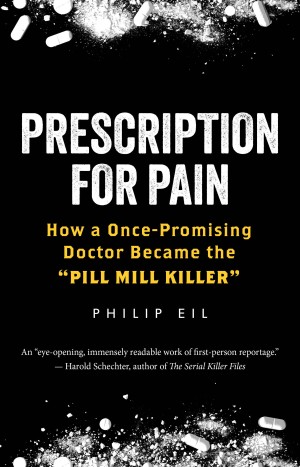Dan Slater’s The Incorruptibles takes us back to the late nineteenth and early twentieth century, when Jews were prominent in crime. This was true in Great Britain, East Europe, Argentina, Brazil, South Africa, and especially the United States. There were important Jewish criminals and Jewish gangs in virtually every major American city, but their presence was especially heavy in the Jewish New York City neighborhoods of the Lower East Side in Manhattan and Brownsville – East New York in Brooklyn. Allen Street, in the heart of the Lower East Side ghetto, was famous for its many brothels.
Jews, whether individually or in gangs, were involved in prostitution, racketeering, robbery, and, in the case of Murder, Inc., even homicide. Jews were particularly prominent in bootlegging during Prohibition. Charles King Solomon (Boston), Longy Zwillman (Newark), Waxey Gordon (Philadelphia), Solly Weissman (Kansas City), and Moe Dalitz (Cleveland) dominated the liquor trade in their cities. Crime was an avenue of upward social mobility for American Jewish males, just as it had been for Irish and German Americans and would in the future be for Black and Latino Americans.
A group of wealthy New York City Jews — headed by Jacob Schiff and his son-in-law, Felix Warburg — were horrified by the involvement of Jews in crime and decided to do something about it. They felt that it discredited all Jews, including themselves. This was at a time when nativists such as Madison Grant, Prescott Hall, and Lothrop Stoddard were both arguing that immigration of Jews from Eastern Europe should be curtailed and questioning whether Jews already resident in the United States could or should ever become part of the American mainstream. Slater writes that by 1913, “it was the idea of their shared fates — reinforced by the general population’s tendency to lump all Jewish-Americans together — that provided the most powerful incentive” for Schiff and his cohorts. They organized a privately funded Jewish vigilante group that Slater has dubbed “the Incorruptibles.”
Slater is a former reporter for the Wall Street Journal with an interest in crime. His book is, as one would expect from a journalist, colorful and dramatic. It’s written in a light and folksy manner that brims with historiographical clichés, invented dialogue, and memorable personalities. These include Louis Marshall, Judah Magnes, Abraham Cahan, Lucky Luciano, and Jewish gangsters like Meyer Lansky, Bald Jack Rose, Big Jack Zelig, Dopey Benny Fein, Joe the Greaser Rosenzweig, and Red Phil Davidson. Slater pays particular attention to Arnold Rothstein, the man who is widely believed to have fixed the 1919 World Series and was the model for the character Meyer Wolfsheim in F. Scott Fitzgerald’s novel, The Great Gatsby. For his research, Slater read relevant primary sources and supplemented his reading with guided tours through the “tenements and cafes, saloons and casinos, brothels and dance halls, opium and black-market abortion providers of the Lower East Side.”
The reform efforts of Schiff, Warburg, and others to reduce the criminal behavior of Jews were doomed to fail, and the vigilante group they funded was disbanded in 1914 after only a year of operation. Nevertheless, broader social and economic developments — particularly the rapid economic and social ascent of Jews and their flight from crime-ridden urban slum neighborhoods — ultimately resulted in a rapid decline in Jewish involvement in crime. By 1950, it was a faint shadow of what it had been in 1913 and proved to be a strictly one-generation phenomenon. One of Meyer Lansky’s sons, for example, graduated from West Point.
Slater’s book leaves room for further examination of the larger economic and social factors that led to Jews’ participation in crime; for example, it does not compare city leaders’ response to crime by Jews to crime committed by other ethnic groups. However, The Incorruptibles is sure to attract a wide audience.




